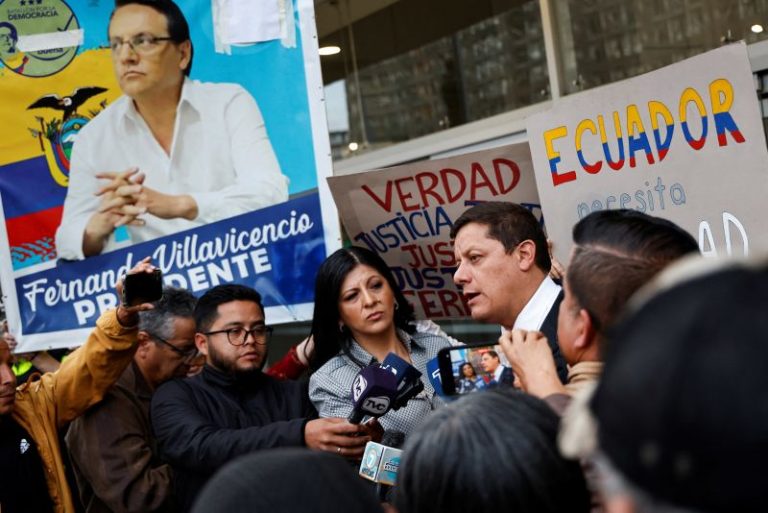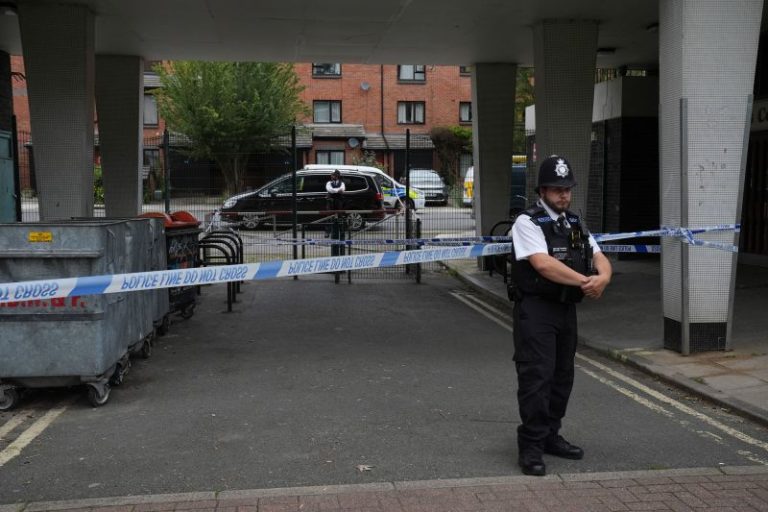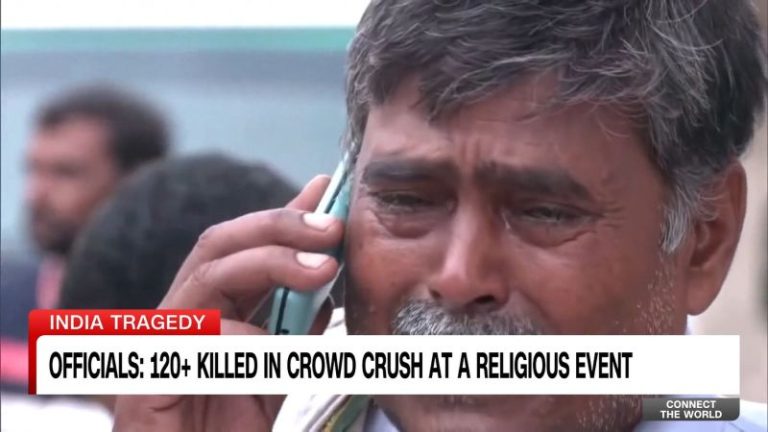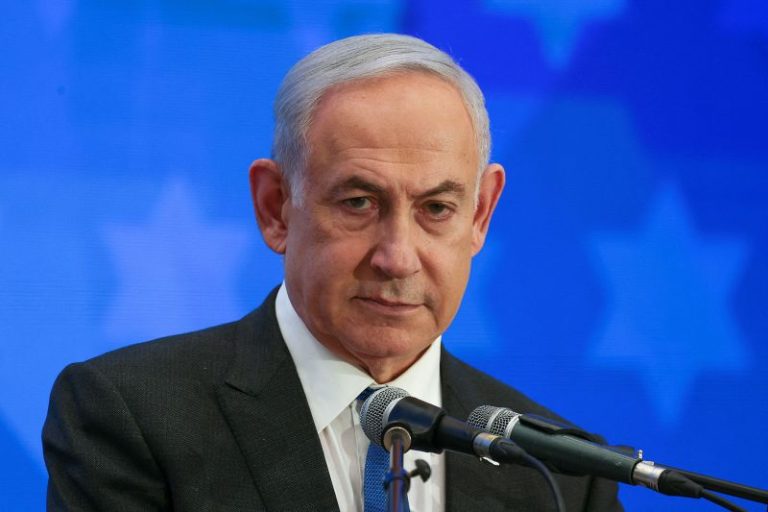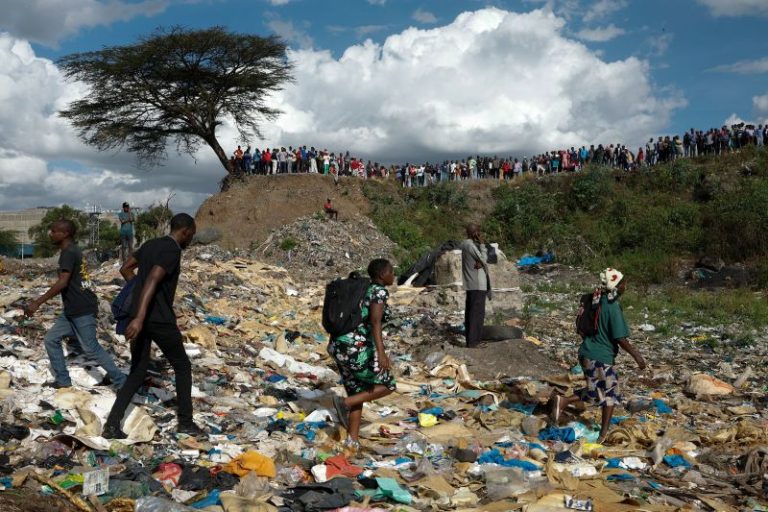The news media is finally doing real reporting and asking tough questions. Recently, White House correspondents repeatedly questioned Press Secretary Karine Jean-Pierre about why a Parkinson’s expert has visited the White House so many times, leading to a heated exchange. After ignoring President Joe Biden’s clear signs of cognitive decline, these outlets now appear to be engaging in honest journalism. It all shows that the media is still capable of doing its job — holding the most powerful man in the world to account — when it wants to.
But the media’s overnight reversal on Biden also exposes its cover-up of Biden’s decline over the last four years. The media’s newfound interest in Biden’s health, and the skill with which they are examining it now, exposes its complicity in a massive deception. His decline was already visible in 2020. Anyone who has watched the compilations of videos from the last few years can see for themselves that Biden has been losing his ability to move, speak, and think.
And yet, as recently as June 21, The New York Times published an article suggesting that videos of Biden showing signs of confusion were simply ‘cheap fakes,’ clips that were edited or taken out of context. In an article headlined ‘How Misleading Videos Are Trailing Biden as He Battles Age Doubts,’ a team of three reporters dismissed the videos through a naked appeal to the hyper-partisanship of their readers. ‘In the last two weeks,’ they wrote, ‘conservative news outlets, the Republican National Committee and the Trump team have circulated videos of Mr. Biden that lacked important context and twisted mundane moments to paint him in an unflattering light.’
This is not to deny that the media’s turn on Biden has produced valuable reporting. For example, a radio host told CNN that the Biden campaign gave her questions to ask him. Axios reported that Biden’s staffers ‘prepare a short document with large print and photos that include his precise path to a podium.’ And the media is now reporting that Biden may have Parkinson’s.
But the media’s aggressive coverage of Biden’s problems now further undermines public trust. The media’s war on Biden is its latest effort to keep former president Donald Trump out of the White House. The decision to conceal Biden’s impairment, and then to finally tell the truth, is part of the same strategy to manipulate voters.
It’s obvious for everyone to see that the media’s sudden criticism of Biden is not motivated by honesty, but rather a desire to, once again, prevent Trump from taking office. As former New York Times executive editor Jill Abramson wrote in Semafor, ‘I worry that too many journalists didn’t try to get the story because they did not want to be accused of helping elect Trump. I get that.’
The media, the deep state establishment, and America’s globalized oligarchical elites in 2012 had two presidential candidates they approved of in Barack Obama and Mitt Romney. Today, they actively disapprove of both candidates. We are thus in an extraordinary situation where Trump could win an electoral college landslide and the Republicans could win both houses of Congress or at least significantly increase their representation.
The media colluded with Democratic Party elites and the White House to conceal the signs of Biden’s aging, telling voters not to believe their own eyes.
The media had already lost the trust of Republicans with its war on Trump since 2016. Now, it may lose the trust of many Democrats, who constitute the mainstream media’s core audience. The media colluded with Democratic Party elites and the White House to conceal the signs of Biden’s aging, telling voters not to believe their own eyes. Only once the polls definitively showed that this tactic had failed, and Biden had his disastrous debate for all to see, did Democrats and their media allies confess that Biden may be unfit for the presidency.
Two of the most powerful political institutions in society, the Democratic Party and the news media, are imploding. What went wrong for America’s liberal Democratic and media establishment? And what are the implications for what happens next?
Party Elites Thought They Knew Best
The media’s treatment of Biden is part of a larger pattern. In 2020, government bureaucrats, intelligence officials, and the news media went to great lengths to ensure Biden’s victory over Trump. After years of undermining his presidency through the Russia collusion hoax, the political establishment and the media stoked unrest with Black Lives Matter riots, encouraged hysteria about Covid-19, and pressured social media companies to censor accurate information.
With the Hunter Biden laptop, the news media, former intelligence officials, and the Federal Bureau of Investigation (FBI) all worked to ensure that the story would be dismissed as a Russian influence operation. Civil society also participated in this coordinated interference. The Twitter Files showed that in September 2020, the US government-funded Aspen Institute hosted a tabletop exercise with social media executives and national security journalists in order to manipulate their approach to the laptop story.
Democrats and Never Trumpers planned other ways to prevent Trump from being reelected. In June 2020, former Defense Department senior official Rosa Brooks organized a simulation exercise called the Transition Integrity Project (TIP) for 100 political operatives, journalists, and academics. Attendees included Hillary Clinton campaign chair John Podesta, Democratic National Committee Acting Chair Donna Brazile, and journalists David Frum and Bill Kristol. The TIP exercise generated plans to prevent Trump from taking office if he won the electoral vote.
In February 2021, Time Magazine published ‘The Secret History of the Shadow Campaign that Saved the 2020 Election,’ in which operatives celebrated how they interfered to secure a Biden victory in 2020. ‘The system didn’t work magically,’ Ian Bassin, co-founder of Protect Democracy told Time. ‘Democracy is not self-executing.’
Participants, the Time article stated, ‘want the secret history of the 2020 election told, even though it sounds like a paranoid fever dream – a well-funded cabal of powerful people, ranging across industries and ideologies, working together behind the scenes to influence perceptions, change rules and laws, steer media coverage and control the flow of information.’
Since 2015, the media, the Democratic Party, and the intelligence community have worked tirelessly to ‘control the flow of information’ to defeat Trump. The result was the installation of a president, Biden, who cannot truly act as president, allowing unelected bureaucrats to control the executive branch of government fully.
It’s the Democratic National Committee (DNC) and news media, not the Party’s primary voters, that in 2016, 2020, and 2024 determined who would be the party’s presidential candidate. Democratic Party elites have taken extraordinary measures to prevent a proper competition between its favored candidates. In 2016, party elites acted through the Democratic National Committee (DNC) to coordinate with Hillary Clinton. The Clinton team was able to control the party’s finances and strategy before she became the candidate in order to prevent a head-to-head competition with Senator Bernie Sanders.
In 2020, DNC elites chose Biden as the only candidate who could defeat Sanders and then successfully forced former mayor Pete Buttigieg and Senator Amy Klobuchar out of the race. These candidates then endorsed Biden at a pivotal moment, leading to Sanders’ defeat. And in 2024, DNC elites prevented significant competition between Biden and potential primary challengers, despite Biden’s clear signs of aging and cognitive decline.
In 2016 and 2020, the Democratic Party, its donors, and the media took extraordinary actions to prevent a populist and democratic socialist candidate, Bernie Sanders, from winning the nomination. In retrospect, given everything that’s happened since, it’s obvious that there was a financial and economic motivation to this, which is the same motivation behind the American globalized elites’ war on Trump. The DNC elites feared Sanders because, in 2016, he favored less migration, in order to protect working-class Americans from downward wage pressure, re-negotiating trade agreements so they benefited American manufacturing, and not getting involved in foreign wars.
The Democratic Party, unlike the Republican Party, ultimately sided with the elites. Where Trump stood up to Republican elites, Sanders eventually dropped his opposition. In 2016, Sanders actively helped Clinton including by urging the media to stop covering potential criminal activity by her in keeping a private email server while Secretary of State. Republican elites en masse opposed Trump but he never backed down and won the nomination as a result. While there are many reasons why Trump succeeded where Sanders failed, one of them may simply be that Trump was rich, confident, and powerful enough to be able to stand up to Republican oligarchs, whereas Sanders was simply unable to do so.
It’s now clear that this DNC strategy of overriding the demands of the Democratic base was catastrophic. President Joe Biden has actually never faced real competition and is therefore, like Hillary Clinton, a very weak candidate. He insists he will not step aside to allow another Democrat to become the party’s nominee. Democratic Party elites may still find a way to force him to step down. But doing so will only further undermine their credibility. And the Party will be left with either elites picking a candidate or a highly divisive contest between them. Either way, the damage to the Democratic brand is alarming Democratic members of Congress in swing districts who fear they won’t be re-elected.
What, in the end, went wrong for America’s liberal Democratic and media establishment? The elites that control the media and the DNC undermined democracy within the Democratic Party. They did so out of an arrogant belief in their own political judgment as superior to that of the party’s base. They were too entitled, narcissistic, and hypnotized by their own self-righteous hatred of Trump to consider the unintended consequences of sidelining Sanders in 2016 and 2020 and of shielding Biden from competition in 2024. In short, the media and Democratic Party were too elitist and too undemocratic to see the peril they had put their party and country in until it was too late.
Legitimation Crisis
None of this means that the US will necessarily turn to anti-establishment populism in response. There are still scenarios where either Biden or some other Democrat defeats Trump. There are scenarios where Democrats survive and maintain control over one or both houses of Congress. National populism was expected to sweep Europe, but instead, the Left won big in the UK and united in France to defeat the right-wing populist National Rally of Marine Le Pen. And if the last decade has taught us anything, it’s that we should expect the unexpected in politics.
But the backlash against the media, deep state, and corporate establishment is only growing stronger in the West. Even if Trump were to lose the November elections, his consolidation of the Republican Party around MAGA nationalist principles is complete. Trump loyalists control the Republican National Committee (RNC), the party platform is focused on nationalist issues like migration, not divisive ones like abortion, and the media has been softening its rage against MAGA Republicans like potential Trump running mate, Senator JD Vance. Until very recently, the media had, en masse, denounced Vance as a crass opportunist. Now, he’s being interviewed respectfully, if still aggressively, by Meet the Press’s Kristen Welker and given abundant space in the New York Times to make his case for nationalist populism.
This is not to say that America’s media and foreign policy establishment elites are in any way backing off their war on democracy, free speech, and liberalism. The media continue to misrepresent legitimate journalistic efforts, including by us, to expose government-funded censorship advocacy. The media continue to suggest that any investigation of crimes by the Biden family is somehow unjustified, despite a long record of influence-peddling exposed by Hunter Biden’s laptop. And the media and DNC elites continue to act as though they should decide who can and can’t be president.
But by undermining the democratic process for selecting candidates within the DNC, by protecting President Biden from scrutiny and competition, and by going to war against Biden now that the charade could no longer be maintained, the Democratic Party and media elites created a crisis of legitimacy for themselves that may take years and a change of leadership to recover from.
Prominent journalists and news networks did not just overlook Biden’s difficulties, they willfully misled the public about his fitness for office and gave Democrats a platform to blatantly lie about Biden being ‘sharp as a tack’ and ‘on top of his game.’ The media behaved arrogantly and delusionally, imagining that they could convince viewers not to believe their lying eyes.
It shouldn’t surprise us that the media, deep state agencies like the FBI, and the DNC are all facing a crisis of legitimacy at the same time. The numbers speak for themselves. Fifty-three percent of Americans surveyed say the FBI is doing a fair or poor job compared to the 46% who say it’s doing a good or excellent one. Just 32% of Americans say they trust the media, and the media’s cover-up and war on Biden may reduce from 58% the percentage of Democrats who say they trust it. Institutions with so little trust cannot last. They will either change or be replaced.


